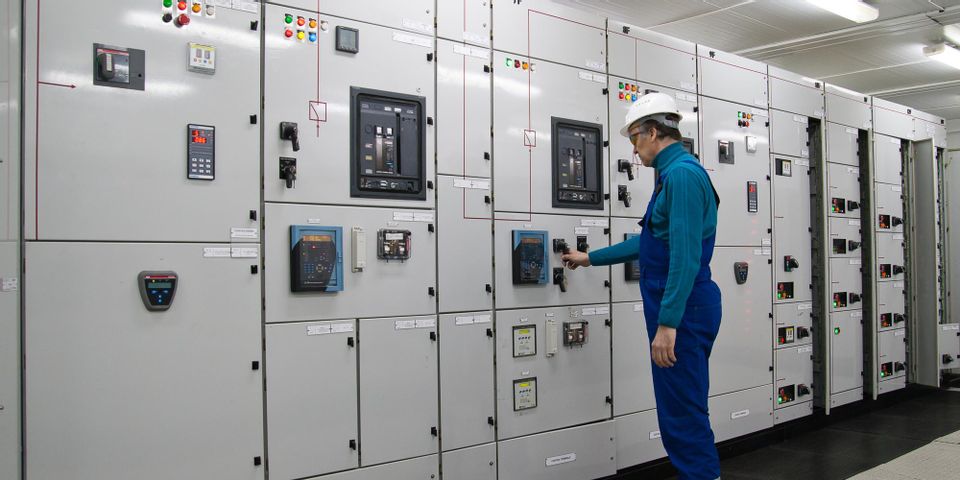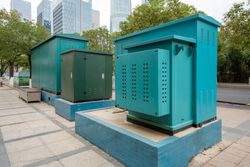
Collectively, switchgear refers to the equipment that helps prevent electrical systems from overloading. In your home, you might consider fuses and circuit breakers to fall under this definition. In terms of larger systems—such as power stations and industrial power distribution panels—more complex switchgear is needed to preserve the proper flow of electricity and prevent dangerous overloads. To better illustrate this area of electrical services, here is a brief guide to five common types of switchgear.
5 Different Switchgear Types & How They’re Used in Electrical Services
1. Metal-Clad
As a unit, metal-clad switchgear must provide access through the front and back ends. This equipment is designed to keep mounted electrical modules separate within individually-enclosed compartments. For example, one compartment may house a circuit breaker, while another contains the incoming bus. Together, these components can handle medium-voltage electrical services that range between 5 and 38 kV.
Typically used in power generation and transmission facilities, this industrial equipment offers enhanced safety, superior durability, and simplified upkeep.
2. Metal-Enclosed
Metal-enclosed switchgear is engineered for commercial or industrial facilities that require low-to-medium voltage above the 480/600 range. Unlike metal-clad systems, this equipment can house all electrical components without the need for barriers or compartments. Additionally, its access points can be at the front or rear. Since these units are placed inside, they must be grounded for additional safety.
3. Pad-Mounted
 Pad-mounted switchgear contains segregated circuits and other components to support underground power distribution systems that range between 5 and 38 kV. Made specifically for outdoor placement, these tamper-resistant units often support feeder sectionalizing and utility distribution efforts.
Pad-mounted switchgear contains segregated circuits and other components to support underground power distribution systems that range between 5 and 38 kV. Made specifically for outdoor placement, these tamper-resistant units often support feeder sectionalizing and utility distribution efforts.
4. Gas-Insulated
Gas-insulated switchgear allows for electrical services between 72 and 1200 kV. This high-voltage equipment is ideal for confined environments and is often used to power railway activity, support substations, or to transfer renewable energy to the main grid.
These metal-enclosed units contain sulfur hexafluoride or other approved insulating gases. This unique insulation allows electrical components to be placed closer together which, in turn, saves space.
5. Subsurface
With subsurface switchgear, electrical components are housed in a vault compartment that may be below-grade. Due to this construction, these systems will still function despite water ingress. Since they are placed below-ground, this equipment allows for manual switch operation above-ground.
Supporting clients in the Detroit area for more than 50 years, CDA Engineering is equipped to design, install, and adjust power transmission resources—including switchgear. Well-versed in industrial and commercial applications, these electrical engineers will determine which type of switchgear is best for your needs, as well as offer precise insight to ensure safe, consistent, and efficient operation. To learn more about their electrical services and other capabilities, visit this Troy, MI, engineering firm online. If you’d like to schedule a consultation to discuss your project, call (248) 589-3300 to speak with a qualified team member.
About the Business
Have a question? Ask the experts!
Send your question

